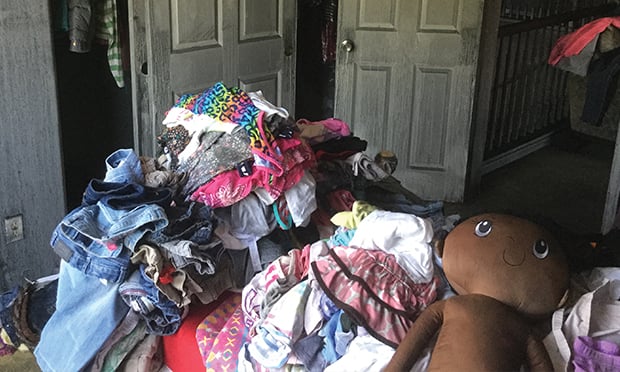 Following a structure fire, a number of unseen chemicals can be found in the affected contents. However, some of the cleaning processes used can pose a risk to children, so additional testing may be required. (Photo: S. Scott)
Following a structure fire, a number of unseen chemicals can be found in the affected contents. However, some of the cleaning processes used can pose a risk to children, so additional testing may be required. (Photo: S. Scott)
During a structure fire, toxic smoke, volatile organic compounds (VOCs), and particulate matter are generated from the vast array of building materials, contents and household products that combust. These chemicals interact with each other to create a vast array of carcinogens, poisonous gasses, acids and other toxins that can cause acute and chronic illnesses, cancer and even death. Some are so toxic that the EPA has designated them as having a zero level of permissible exposure limit (PEL).
Recommended For You
Want to continue reading?
Become a Free PropertyCasualty360 Digital Reader
Your access to unlimited PropertyCasualty360 content isn’t changing.
Once you are an ALM digital member, you’ll receive:
- Breaking insurance news and analysis, on-site and via our newsletters and custom alerts
- Weekly Insurance Speak podcast featuring exclusive interviews with industry leaders
- Educational webcasts, white papers, and ebooks from industry thought leaders
- Critical converage of the employee benefits and financial advisory markets on our other ALM sites, BenefitsPRO and ThinkAdvisor
Already have an account? Sign In Now
© Touchpoint Markets, All Rights Reserved. Request academic re-use from www.copyright.com. All other uses, submit a request to [email protected]. For more inforrmation visit Asset & Logo Licensing.







